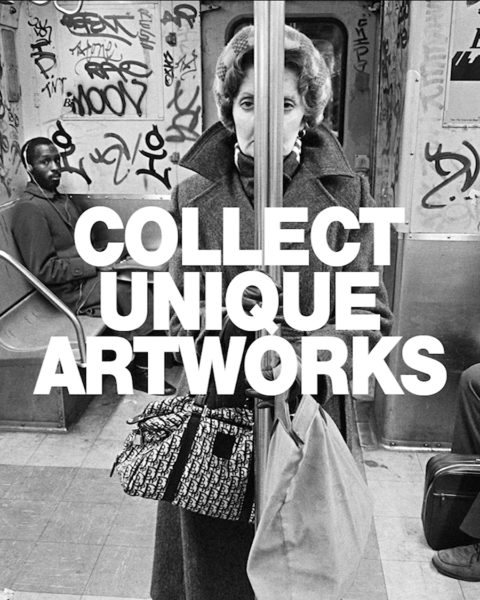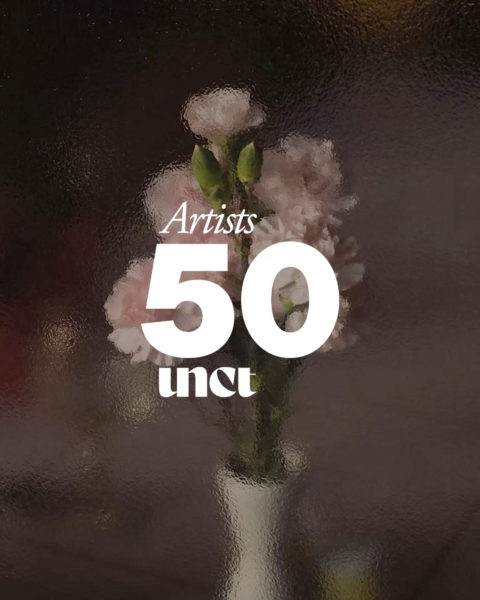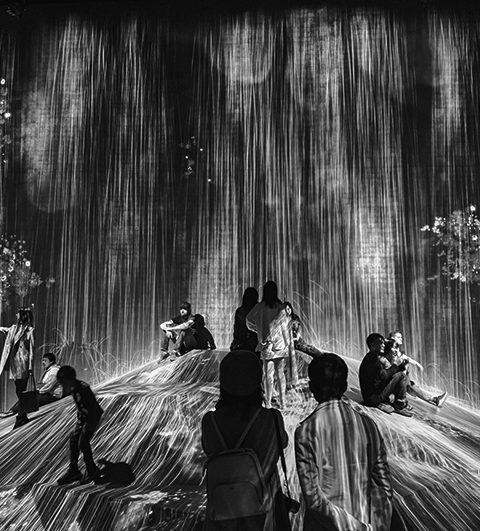While all of us wish we had stumbled across un unmarked Matisse at a market and resold it for a hefty sum, who can say they predicted the current boom surrounding NFTs and who had the hindsight to make a significant investment on a booming artist, where others instead are waiting to see what happens next? The real question is how much of collecting NFTs is about luck, and how much of it is about having the vision to believe in something new and promising while it has its breakthrough moment? But most significantly, how long will it all last? These are some of the issues we shall try to tackle.
Currently, as more and more artists see how the blockchain efficiently solves the problem concerning art’s provenance, NFTs are exploding across the internet. Furthermore, the birth of the Metaverse gives rise to all sorts of possibilities for pioneering collectors setting new trends for what investing and collecting in NFT works of art may mean for the future.
So if you’ve been following all the news surrounding NFTs, you’ve probably noticed important artists joining the current trend and foundations and auction houses like Christie’s, buying and selling NFTs, so obviously, there’s a whole slew of collectors out there making a profit. But who are they and how are they defining the space, and what’s got them convinced that NFTs are worth their money and attention? And, perhaps most importantly, should you join them?
First of all, collecting NFTs may be “a way to actively help establish a new cultural paradigm”. As past developments in technology and scientific and artistic advancements show, investing in people who break the mold and supporting the development of promising innovations can often foster an evolution in society as a whole.
“Culture can only evolve when groundbreaking creators have space and support to try new things”.
Colborn Bell is co-founder of the vast Museum of Crypto Art (MoCA), for him, purchasing NFTs for the MoCA collection is about so much more than making a financial investment, it’s about trying new things and experimenting in order to help the future of immersive artistic experiences.
Another important aspect is the significance of this expanding form of asset type. A key factor of NFTs is the fact that the ‘record of ownership’ is completely traceable on the Blockchain, making the ownership and transactions of digital goods across the internet much more efficient and simple. This is why NFTs are causing such a fuss and more collectors, investors and celebrities are getting on board. As a consequence, the influx of investment is creating a broader audience, beckoning a larger community to enter the space.
Right now, we’re still at the beginning of something that’s definitely growing and unique, giving the art market a huge potential for growth. The scarcity aspect plays a big role. Having a unique piece of art on the internet that’s fundamentally yours, just like an original copy, that can be resold, displayed, blown up to any size in the digital sphere, traded or stored until it gains in value, is something NFTs offer future collectors, as well as allowing them to invest in something beautiful which they value, with a potential for generating economic revenue.
A lot will be possible with NFT assets that we haven’t seen or even dreamed of yet, so by getting in early, you might be ‘making history’. Right now, early NFT collectors are setting the precedent for NFT markets, so it’s incredibly important to be intentional when deciding who and what to invest in. That’s why a platform like uncontaminated.co offers collectors a vast array of exclusive photographic and video art produced by verified artists who create authenticated works of art thanks to the use of NFT technology. Don’t be that person who always ends up saying “shoulda, woulda, coulda,” take advantage of what’s really revolutionizing the art market…the possibilities are infinite.






